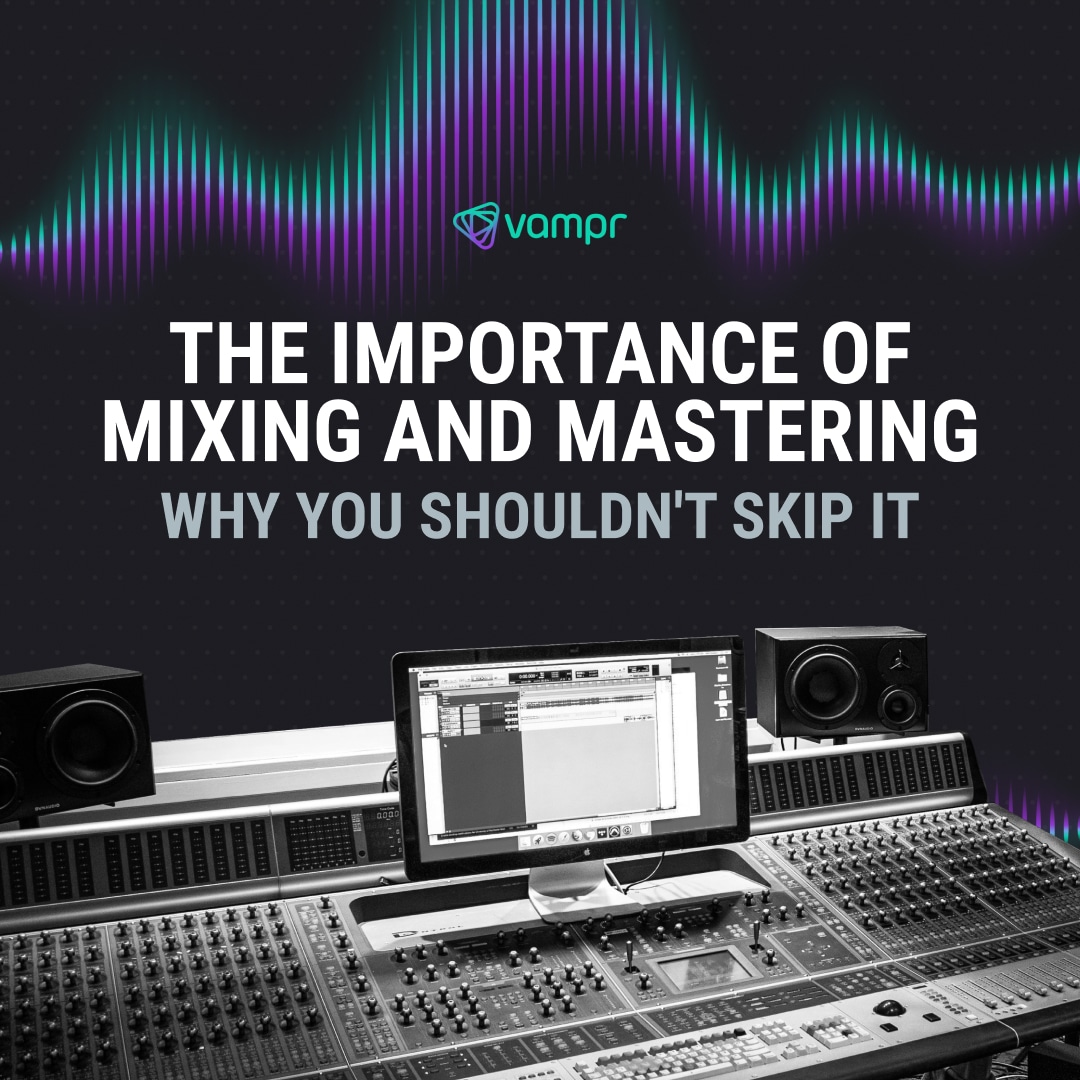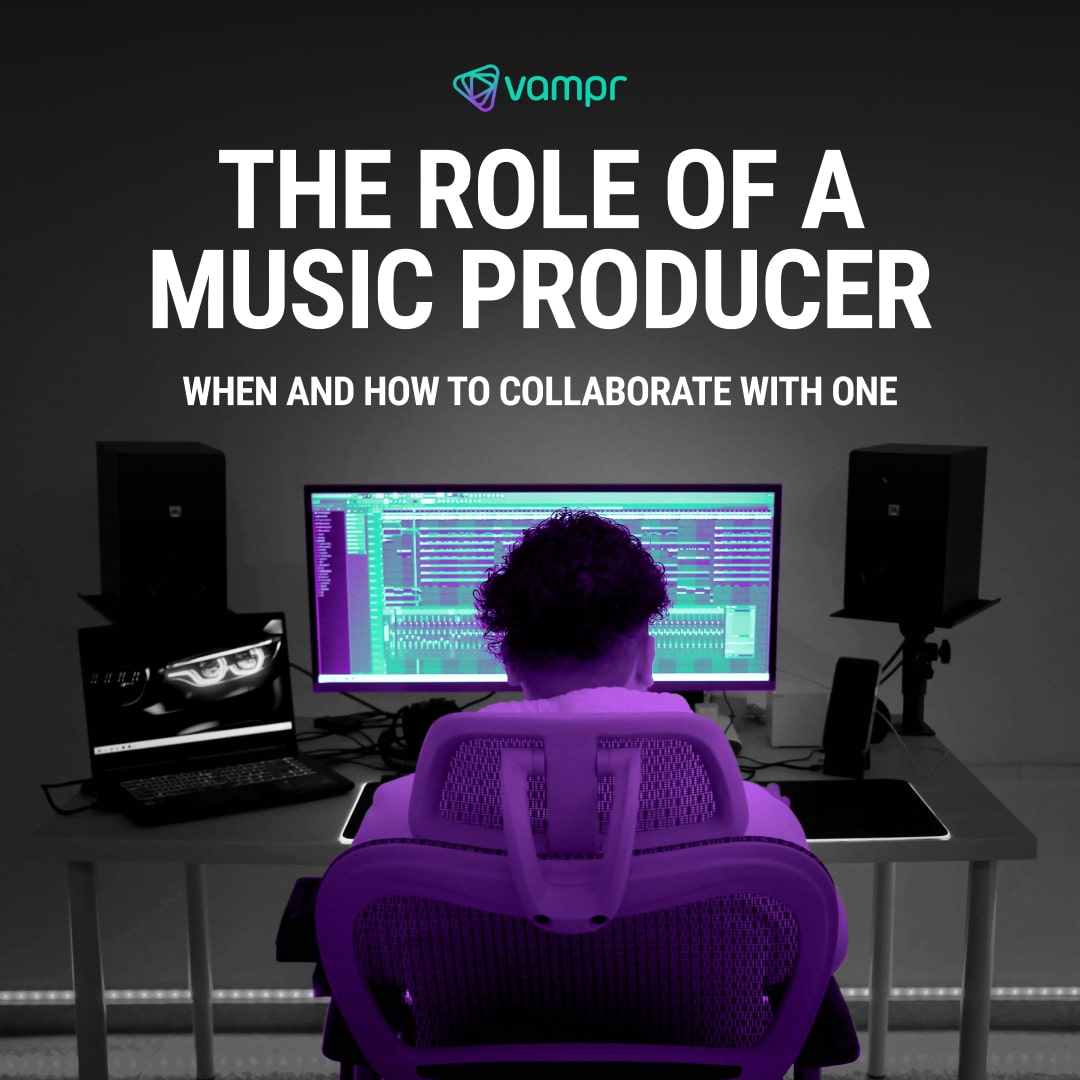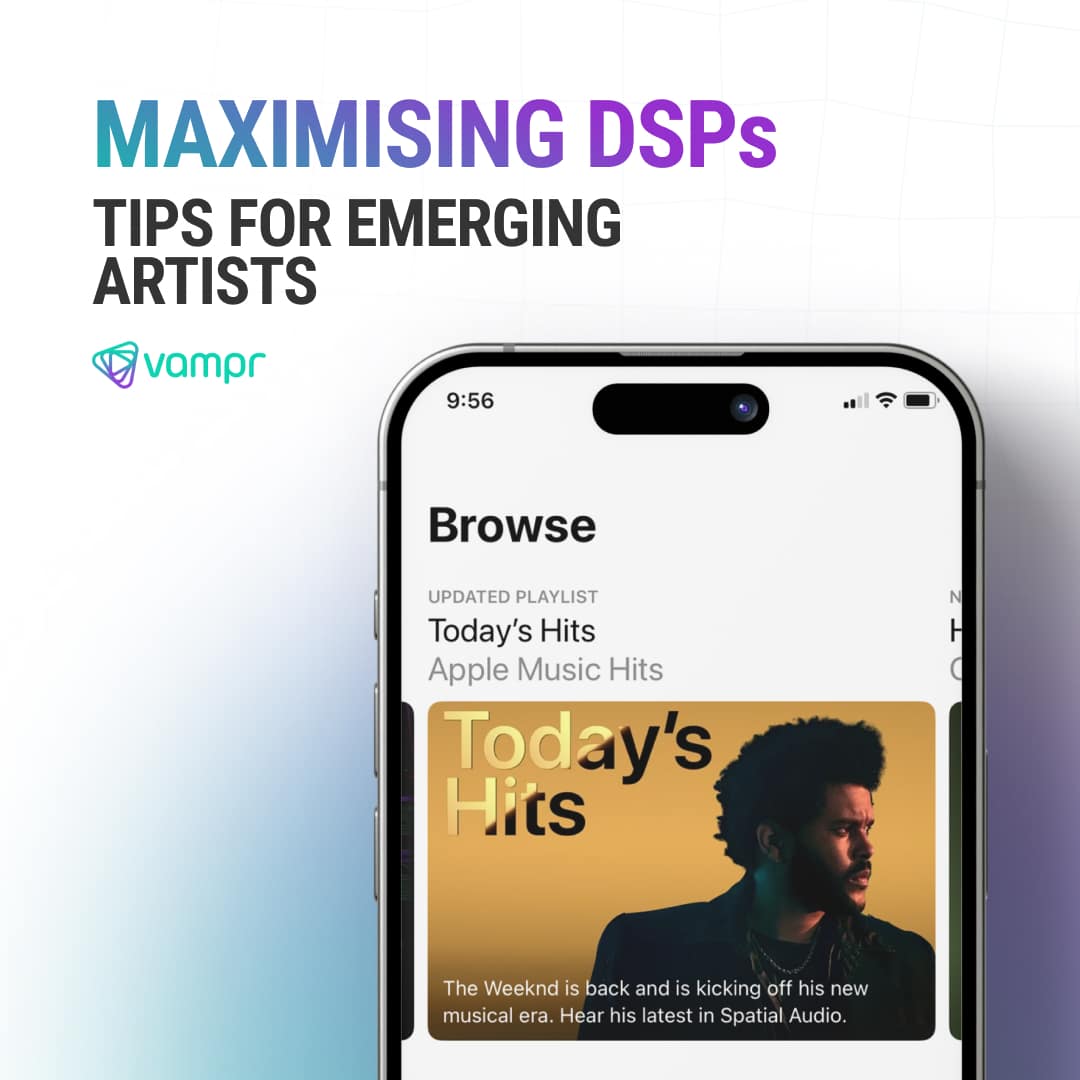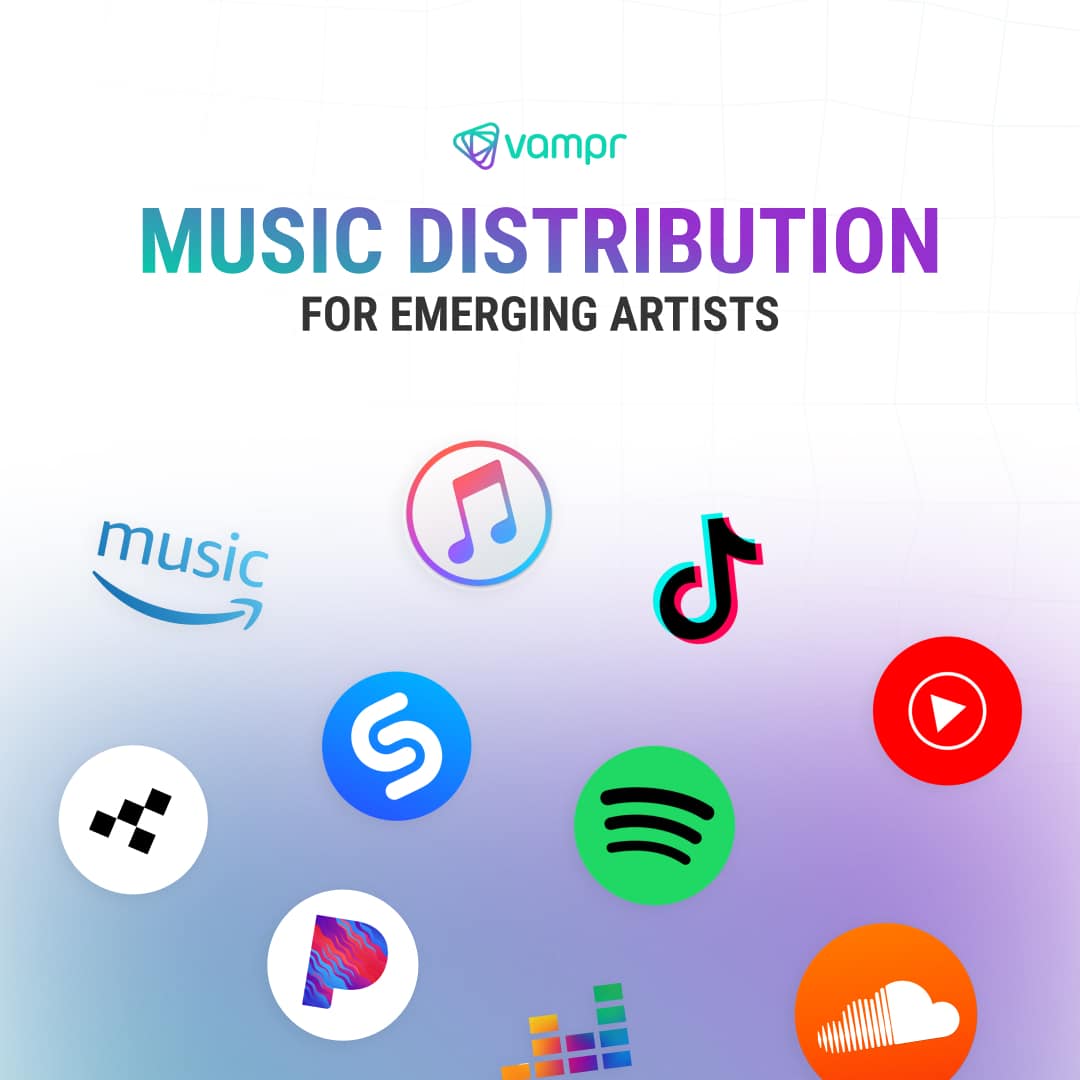Digital music distribution is the process by which music is made available online to audiences worldwide through various platforms and services. Unlike traditional methods where physical sales dominate, digital distribution allows artists to upload their music once and have it accessible across multiple platforms, reaching listeners everywhere at any time. This method is crucial not only for its broad reach but also for the democratization of music distribution, empowering independent artists by giving them the same access to the market as major labels.
Role and Benefits of Digital Music Distribution
Global Reach and Instant Availability
One of the most significant advantages of digital music distribution platforms is their ability to provide artists with a global audience instantly. When music is uploaded to these platforms, it becomes accessible to listeners from all corners of the world, regardless of geographical and physical boundaries. This global reach is particularly beneficial for emerging artists who wish to establish a presence in international markets without the need for physical tour logistics or distribution networks that were traditionally necessary.
Access to Valuable Analytics
Digital platforms offer more than just distribution; they provide crucial data and analytics that can guide an artist’s promotional strategies and career decisions. These analytics reveal which songs are performing well, the demographics of the listeners, and how the music is being consumed. Such data is invaluable for artists to understand their audience better, tailor their marketing efforts, and plan future releases with more precision.
Cost-Effectiveness and Efficiency
Digital music distribution services are not only effective in reaching a wide audience but are also cost-efficient. They eliminate many of the expenses associated with physical production, such as manufacturing and shipping. Furthermore, digital distribution can be much faster—once the final music files are ready, they can be uploaded and made available worldwide in a matter of hours, ensuring that artists can capitalize on trends and market demands with unprecedented speed.
Key Features of Digital Music Distribution Platforms
Ease of Use and User Interface
An effective user interface ensures that artists can focus on their music rather than on navigating complex systems. A platform that’s easy to use enhances the overall user experience, leading to greater satisfaction and more time spent on creative endeavors rather than technical troubleshooting. Here are key elements that contribute to a user-friendly experience:
- Simplicity: Simplicity in design helps in reducing the cognitive load, allowing artists to find exactly what they need quickly. The interface should present information and options in a logical order, making common tasks like uploading tracks, organizing a catalog, or setting up a new release intuitive even for users with minimal technical background. By making the platform more friendly to new users, this strategy not only increases usability but also motivates them to use the features more thoroughly.
- Accessibility: All features of the music distribution platform should be easily accessible, ideally within a few clicks from the main dashboard. The search functions should be robust, helping users find exactly what they need without confusion. Accessibility also extends to the visual aspect of the platform—text should be readable, buttons clearly labeled, and icons understandable at a glance. This ensures that all artists, regardless of their technical proficiency, can fully utilize the platform’s offerings without frustration or the need to consult help guides frequently.
- Responsive Design: With many artists frequently on the move, the ability to access and manage their music distribution from a mobile device is crucial. A responsive design adapts to different screen sizes and orientations, ensuring that functionality and aesthetics are maintained across platforms. Its adaptability makes it easier for artists to analyze statistics, make rapid modifications, and even use their mobile devices to promote new releases.
- Help Resources: Comprehensive help resources are an essential part of a user-friendly music distribution platform. These resources should include detailed tutorials that guide new users through common processes, an extensive FAQ section that addresses frequent concerns, and options for direct customer support through email, chat, or phone. These help resources empower users by providing immediate assistance and valuable insights into the platform’s capabilities, enabling them to maximize their use and manage their music effectively.
A digital music distribution platform that excels in ease of use and user interface design not only attracts more artists but also retains them by making their interaction with the platform as straightforward and productive as possible. As the digital music industry continues to evolve, these elements remain pivotal in defining the competitiveness and popularity of distribution platforms among artists.
Customer Support and Reliability
Reliable customer support is a critical feature of top digital music distribution companies. Artists often need assistance with various issues, from troubleshooting upload problems to understanding payment structures. Effective platforms provide robust support through multiple channels like live chat, email, and phone, ensuring that help is available whenever needed. Moreover, reliability extends to the platform’s uptime and the consistency with which it delivers services, crucial for maintaining an artist’s trust and satisfaction.
Additional Promotional Tools
Beyond basic distribution, some platforms offer additional promotional tools to help artists increase their visibility and fan engagement. These can include playlist placement services, social media marketing tools, and access to sponsorships. These features are particularly valuable for artists looking to expand their reach and influence, providing them with opportunities to highlight their music in crowded and competitive digital spaces.
Types of Music Distribution Deals
Traditional Distribution Deals
Traditional distribution deals typically involve an agreement between an artist and a record label or distributor that grants the distributor the rights to sell and promote the music in various formats and channels. These deals can provide extensive support, including financial backing for production, marketing, and distribution. However, they often require the artist to surrender a significant portion of their royalties and, sometimes, control over how their music is used or marketed.
DIY Platforms
Do-it-yourself (DIY) platforms empower artists to take control of their music distribution without the need for traditional label support. These platforms provide tools that allow artists to distribute their music directly to digital stores and streaming services, maintain full rights to their work, and keep a larger share of their earnings. This model is particularly appealing to independent artists who prefer to manage their careers and make decisions that directly affect their future.
Hybrid Models
These deals offer artists standard distribution services along with additional support, such as marketing and promotional efforts, while allowing them to retain more creative control and a higher percentage of their royalties than traditional deals. Hybrid models are becoming increasingly popular as they provide a balanced solution that addresses many of the limitations associated with solely traditional or DIY approaches.
Broader Landscape of Music Distribution Services
Role of Aggregators
Aggregators have established themselves as essential partners for independent artists looking to navigate the complex terrain of online distribution. By bridging the gap between musicians and large digital platforms, aggregators simplify the process of getting music into the ears of listeners worldwide. Here are their key benefits:
- Wide Distribution: They partner with a diverse range of platforms, from well-known streaming services to smaller, niche online stores that cater to specific audiences. This widespread distribution is crucial for reaching diverse listener bases and increasing an artist’s visibility across different markets. By using aggregators, artists ensure that their music is not only available to a vast audience but is also presented in various markets and cultural contexts.
- Time Efficiency: Utilizing an aggregator for the best digital music distribution significantly cuts down on the time artists spend managing relationships with multiple platforms. Instead of negotiating separate agreements and dealing with the individual requirements of each service, artists can rely on aggregators to handle these tasks. This consolidation allows artists to submit their tracks to one entity, which then takes care of the rest, distributing music efficiently across numerous platforms. The time saved can be substantial, freeing artists to focus more on the creative aspects of music production, such as songwriting, recording, and engaging with fans.
- Cost Reduction: Since they deal with large volumes of music from various artists, they can negotiate better terms with digital platforms, which individual artists might not achieve on their own. This cost efficiency extends to the artists, who can enjoy the benefits of broad distribution without the hefty price tag that might come from attempting to negotiate and manage distribution deals independently. By reducing the financial burden, aggregators enable artists, especially those who are independent or part of small labels, to invest more resources back into their music and promotional activities.
The role of aggregators in free digital music distribution is invaluable. They not only provide a gateway to extensive market exposure but also streamline the distribution process, making it more efficient and cost-effective. As the digital landscape continues to expand, the services offered by these aggregators will remain critical for artists looking to maximize their reach and impact in the music industry.
Importance of Metadata
Metadata includes all the information that accompanies a music track—artist names, song titles, album names, genres, and more. Accurate metadata plays a pivotal role in ensuring that music is easily searchable and correctly attributed across various digital platforms and music services. When metadata is correctly managed, it significantly enhances the track’s discoverability, allowing fans and new listeners to find music through search engines and music streaming service algorithms. It is also essential for digital rights management, as it ensures that all due credits and royalties are accurately directed to the rightful owners and contributors of the music.
Strategies for Leveraging Digital Music Distribution
Building a Fan Base
Building a strong fan base is critical for an artist’s success in the digital realm. Effective use of digital music distribution platforms can facilitate this by increasing the accessibility of an artist’s music to a broader audience. Artists should engage with their listeners through social media and other online channels to foster a community around their music. Personal interactions, such as responding to comments and sharing behind-the-scenes content, can help deepen the connection with fans, encouraging loyalty and increasing streams and downloads.
Increasing Visibility
Taking full advantage of promotional campaigns is a strategic approach that can significantly boost an artist’s visibility in the music industry. These campaigns often include targeted ads, special single or album release events, and partnerships with influencers or brands that align with the artist’s image and genre. By meticulously planning these campaigns around major releases or tours, artists can maximize their reach and impact. Effective promotional campaigns are tailored to highlight the unique aspects of the artist’s music and persona, therefore creating a compelling narrative that resonates with both existing fans and potential new listeners.
Submitting tracks for playlist consideration is another vital promotional strategy. Curated playlists can dramatically increase an artist’s exposure and listener base. By strategically submitting their best tracks for playlist consideration, artists can ensure that their music reaches listeners who are likely to appreciate their genre and style. The key to success in this area lies in understanding the curator’s preferences and the thematic focus of the playlist. Furthermore, the use of featured artist spots and cross-genre collaborations opens up additional avenues for exposure and audience expansion. Collaborating with artists from different musical backgrounds or genres can introduce an artist’s work to entirely new audiences who might not have discovered it otherwise. These collaborations can take various forms, such as guest appearances on tracks, joint performances, or even social media exchanges.
Optimizing Releases and Engaging with Audiences
Artists should plan their release schedule to avoid conflicts with major industry releases that could overshadow their launch. Pre-release campaigns, including teasers and singles, can generate anticipation and engage fans. Following the release, continuous engagement is key. Artists should monitor which songs are performing best and promote those tracks more heavily, possibly even creating additional content like music videos or remixes to maintain interest and momentum.
Managing a music career in the digital age requires a blend of creativity, strategic planning, and savvy use of technology. Music distribution companies and platforms are essential partners in this journey, offering tools and opportunities that can propel an artist’s work to wider audiences. However, the ultimate responsibility for career management lies with the artists themselves. Staying proactive, continually learning, and adapting to new challenges and opportunities are essential strategies for success.













